The 2022 Renault Mégane RS Is the Last Call for the Hot Hatch
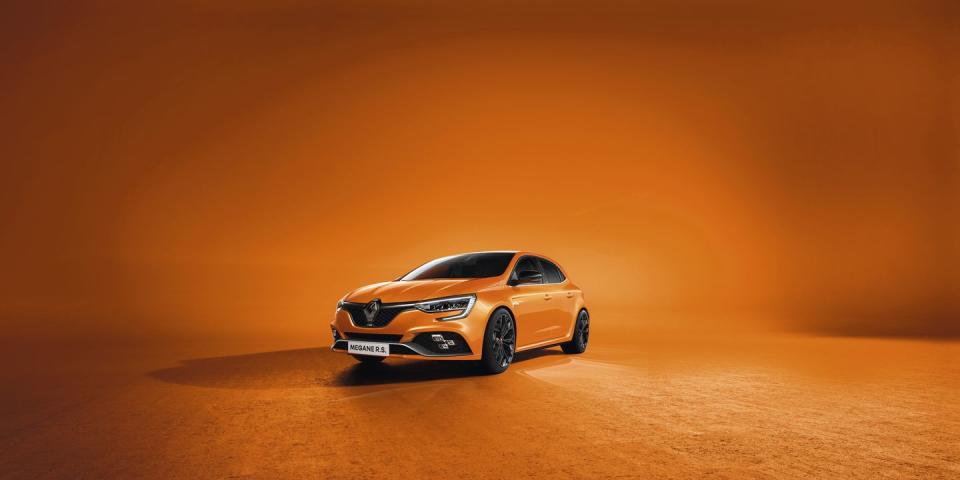
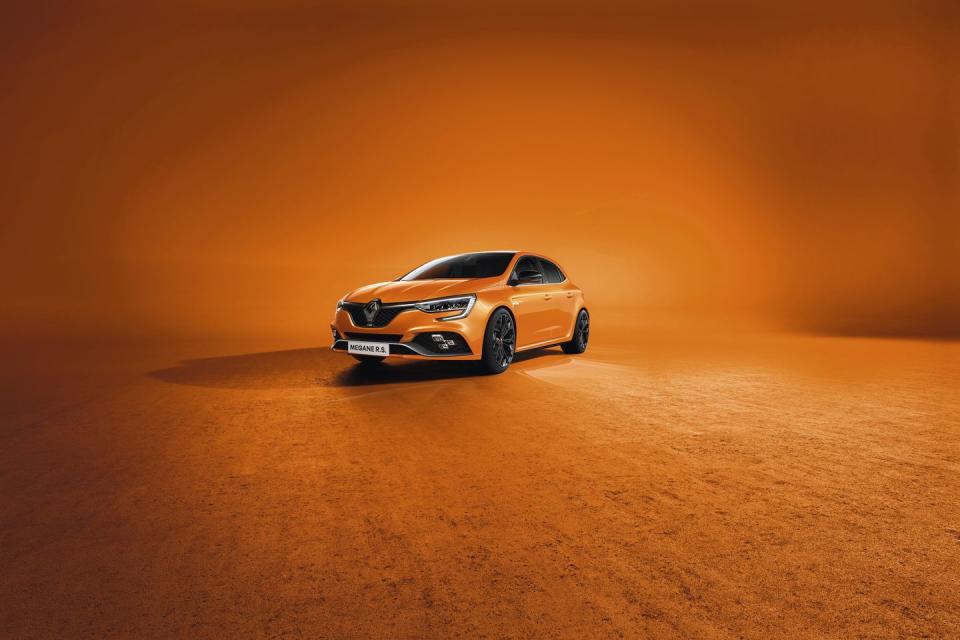
We’re well into the 21st Century, yet things lately have a sort of eerie, end-of-the-century feel. For all indications are we may be living through the end times for the internal combustion engine, a thing we’ve known and loved all our lives. Concurrently, it seems like we’re also nearing that lights out moment for something else we’ve long adored, the automotive genus known as the hot hatch. Here in America, while Ford, GM and copious others have already bailed unceremoniously on the segment, we still have Volkswagen’s GTI and Golf R plus the Mazda 3 flying the flag, long may they live. But how long can that be? With the recent cancellation of Hyundai’s Veloster N plus the increasing tendency of carmakers to offer (and customers to buy) high-riding cars, including electric ones, weighing as much as quad cab duallies, the hot hatch and its nimble ways increasingly seem destined for history’s scrapheap. Which, it ought to go without saying to readers of a magazine not called Road & Auto-Pilot, makes us sad.
Perhaps that’s why we found ourselves getting in touch with Renault’s press office ahead of a recent visit to France, itching for a chance to drive the latest Mégane RS, a modern French interpretation of the hot hatch that has excited the members of the European Fourth Estate through two previous iterations (though it’s actually part of the lineup of the fourth generation Mégane, first introduced in 1996.) With Renault’s commitment to total electrification – witness the new E-Tech Mégane, an electric soft-road SUV twinned with corporate brethren Nissan’s Ariya -- what might be new, vital and French about the RS?
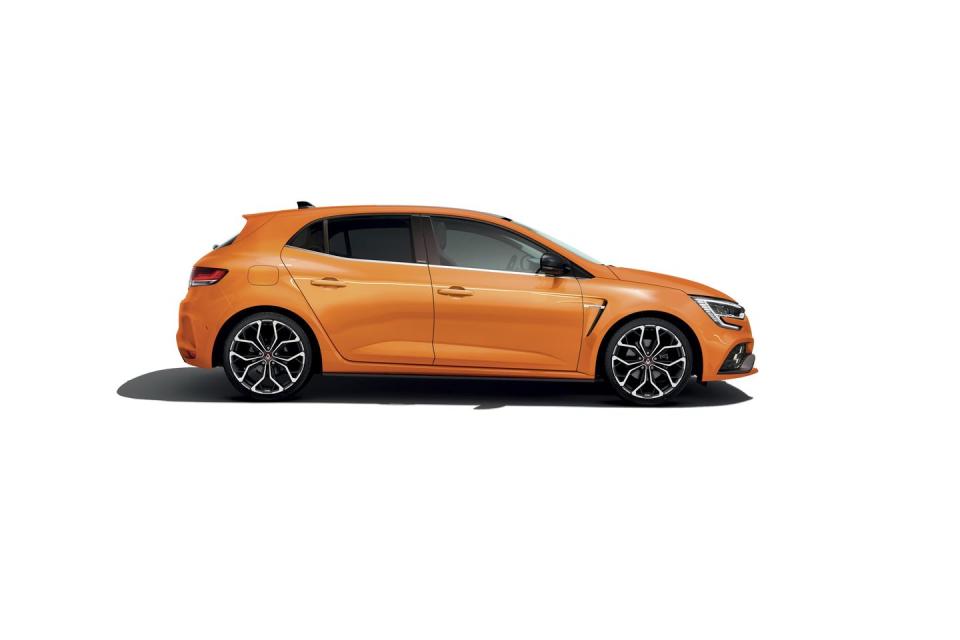
Before we even get to the new part, a quick paean to the whole hot hatch idea. Five-seat practicality with superior and easily accessed load-carrying capability, brisk acceleration, superior ride and handling, all the things the world once celebrated, in a manageably-sized package. Don’t be fooled by the advertising copywriters who are paid on behalf of their profit-seeking clients to make you think otherwise – for many, the hot hatch remains the most fun and sensible way to roam most of the planet’s paved roads most of the time. Only time will tell if Renault will keep the faith, that it has a spicy, electric Mégane hatch on the drawing boards, or if they’ll look skyward with the rest of them, with oversized rims and tires and command position seating for seven.
To the basic B-sized hatchback Mégane formula, today’s RS (as in Renault Sport) adds the 1.8-liter turbocharged four that has charmed us in the mid-engined Alpine A110, recently adrenalized to deliver 300-horsepower and 251 lb-ft of torque and effortlessly served up here through the front wheels via an EDC (efficient dual clutch) automatic, six-speed gearbox controlled by paddle-shifted. (A six-speed manual is a lower cost option.) Three drive modes deliver increasing levels of performance and noise and while we stuck with the standard setting for highway driving, the elevated shift points and intoxicating popping and farting of the exhaust in Sport mode made it, for this driver at least, the preferred default when tracing back roads on our way south from Paris to the Mediterranean coast for a week’s holiday. Driven in the most aggressive setting, sixty mph comes up in under 6 seconds, while top speed is limited to 155 mph, more than enough for any road situation we’d encounter, especially once we’d reached our destination. Gluttonous though we were, really how fast does any baguette, mussel or tarte aux abricots have to get home?
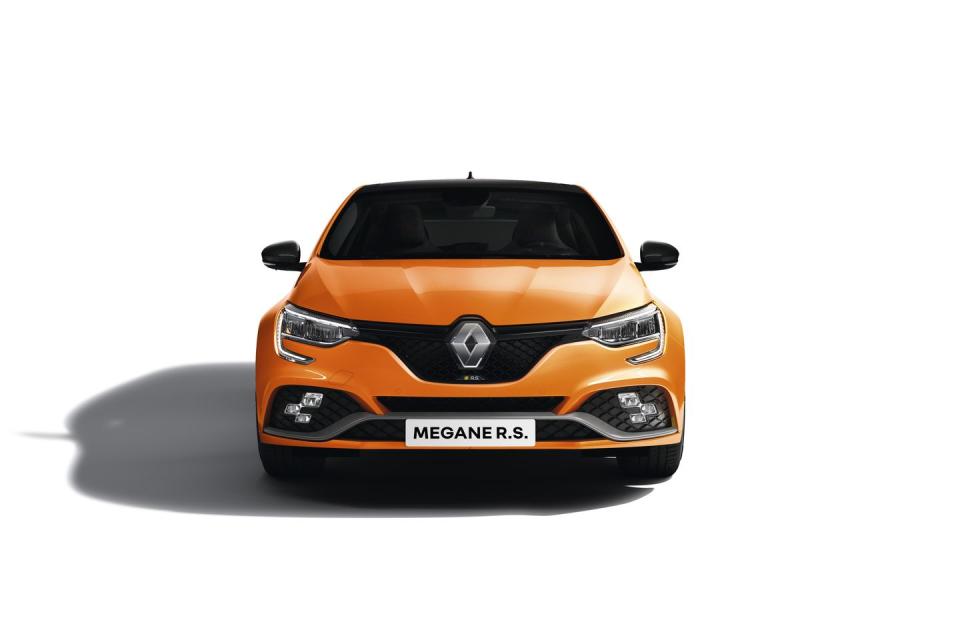
In a world of increasingly bland cars and surprisingly few car color choices, the RS’ iridescent orange finish and its lowered and pumped stance stood out more than one might have expected on French roads, with many longing stares in town squares and autoroute rest areas suggesting that these keen onlookers knew they were observing something special. Though few outside the car might know, the RS new four-wheel steering feature made it stand out even more on country lanes. Allied to hydraulic suspension bump stops, in which secondary shock absorbers back up the front and rear suspensions struts, and an optional limited-slip diff said to negate torque steer, the RS puts its ample power down without sacrificing much in the way of ride comfort, reminding us that soothing suspensions have long been a Gallic strong suit.
Steering was direct and reasonably communicative and the auto box quick enough, though twice daily, slow, tentative creeps up the narrow hillside track and switchbacks leading to our rental accommodation managed to elicit frying clutch smells accompanied on occasion by what I understood to be (my French, alas, is tres mal) dashboard nanny warnings about frying clutch overload. The lack of a seventh speed rankled a bit, too, at first, but for no real reason other than that we’ve grown spoiled for cogs in recent years. All black sport seats upholstered in alcantara-like material cosset nicely, while creditable dash graphics and usable infotainment features, plastics that don’t rattle over the rough stuff (on this test car, at least, some 10,000 miles into its life) and air conditioning that blew cold even in the near 100-degree summer heat all reminded us that generations of improvement have graced French cars about which we Americans are woefully unaware.
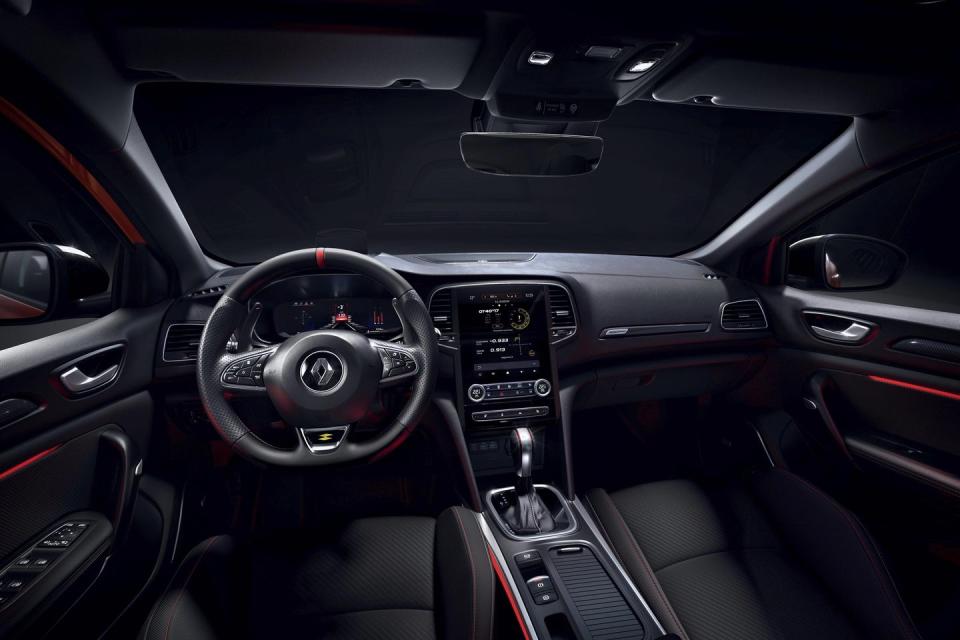
All in all, a practical and engaging drive, a car I would be delighted to call my own. The styling doesn’t do a real lot for me, tending to the bland and inoffensive with the barest hint of classical French idiosyncrasy in the large Renault emblem that carves into the hood, but I think I could live with it, given the underlying practicality of the shape and the pleasurable driving partner it clothes.

 Yahoo Autos
Yahoo Autos 